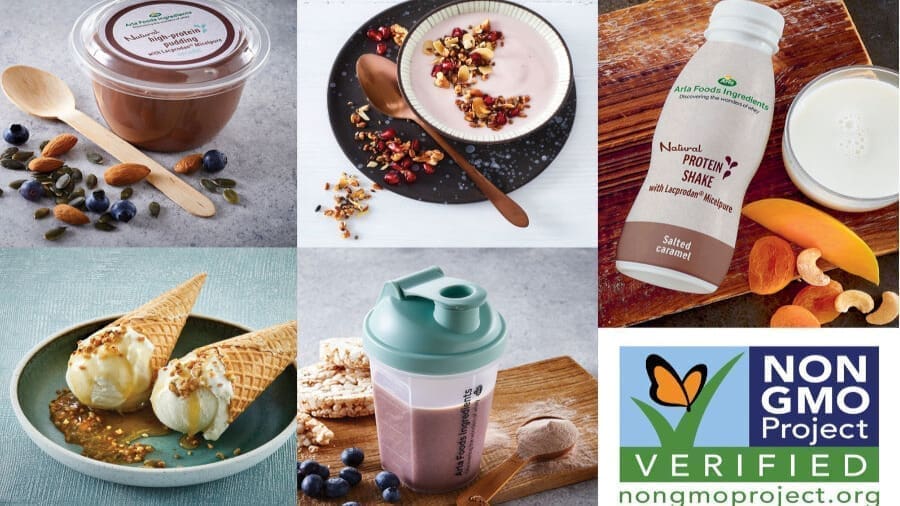SINGAPORE – Researchers from the Singapore University of Technology and Design (SUTD) have developed a novel method of 3D printing milk-based desserts, that prevents them from being spoilt at room temperature by changing the rheological properties of the printing ink.
Given the versatility of their demonstrated method, the scientists believe that it offers potential in formulating nutritionally controlled foods customised for individual requirements.
Previously, 3D printing of food has been achieved by methods such as selective laser sintering (SLS) and hot-melt extrusion. However, such methods are not always compatible with reacting 3D models of foods with temperature-sensitive nutrients.
Milk is therefore unsuitable for 3D printing using the printing methods as its calcium and protein content cannot withstand high temperatures.
“The technique offers vast potential in the 3D printing of aesthetically-pleasing, nutritionally-controlled foods which are customized for individual requirements.”
Michinao Hashimoto – co-author of the study
While the study highlights the alternative method of cold extrusion, it says it often requires rheology modifiers and the optimisation of the multiple components, which is a complex task.
“We found that using a cold-extrusion method did not compromise the milk’s temperature-sensitive nutrients,” said Michinao Hashimoto, co-author of the study.
“The technique offers vast potential in the 3D printing of aesthetically-pleasing, nutritionally-controlled foods which are customized for individual requirements.”
To tackle such limitations, the research team from SUTD’s Soft Fluidics Lab changed the rheological properties of the printing ink and demonstrated direct ink writing 3D printing of milk by cold extrusion with powdered milk.
The team found that the concentration of milk powder allowed for the simple formulation of 3D-printable milk inks using water to control the rheology. The method did not require any additives, nor did it compromise the nutrients that would usually be spoilt from heat.
The research, which was published in RSC Advances, suggested the potential capabilities of printing with other types of food, and presented its successful printed 3D structure of a couch with milk ink and chocolate inks at different layers.
“This novel yet simple method can be used in formulating various nutritious foods including those served to patients in hospitals for their special dietary needs,” said the lead author of the paper, Lee Cheng Pau.
Over the last few years, 3D printing has become increasingly more prominent across the food and beverage sector. For example, Redefine Meat has developed animal-free meat through combining a 3D meat modelling system and plant-based food formulations and more recently KFC joined forces with Russian company, 3D Bioprinting Solutions, to create laboratory-produced chicken nuggets.
Liked this article? Subscribe to Food Business Africa News, our regular email newsletters with the latest news insights from Africa and the World’s food and agro industry. SUBSCRIBE HERE









